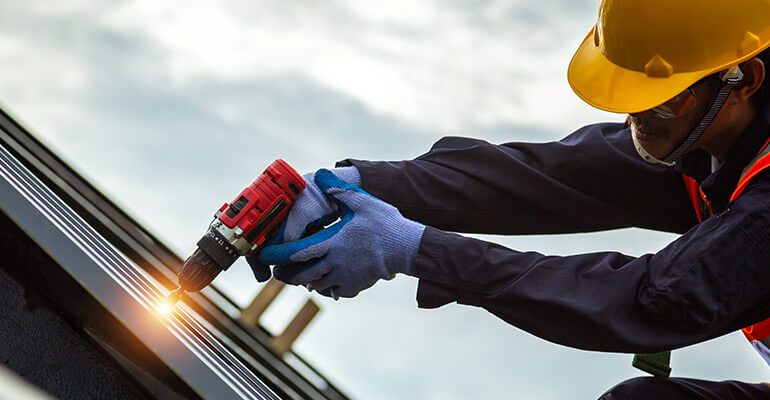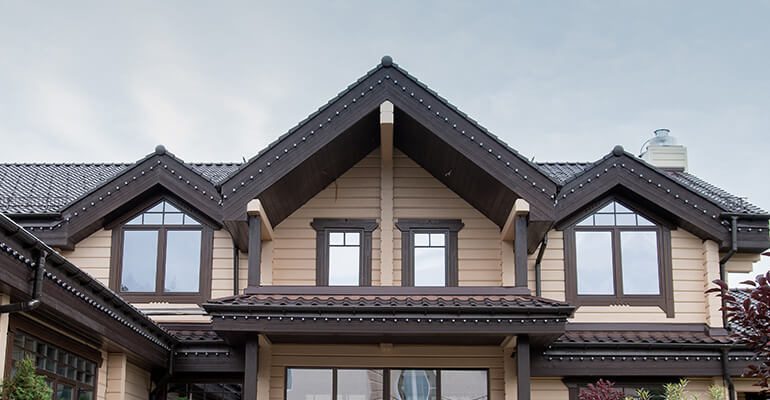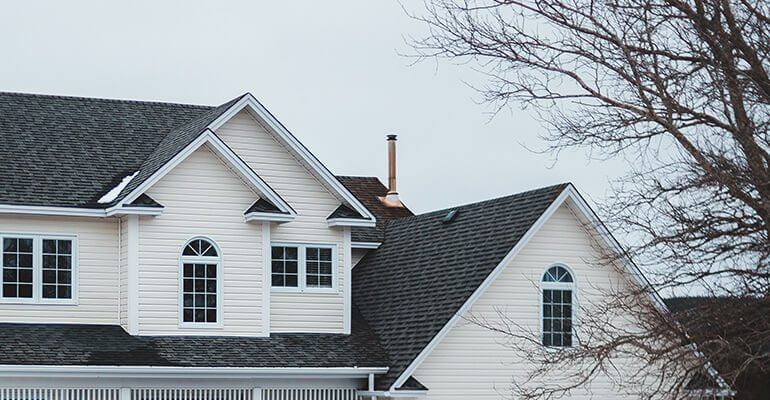Flat roofing systems are a type of roofing system that is used on commercial buildings and some residential properties. They are characterized by a flat or nearly flat surface, as opposed to the pitched or sloping surface of traditional roofs. Flat roofs are typically made from a variety of materials, including asphalt, rubber, and PVC, and require regular maintenance to ensure their longevity.
One of the main advantages of flat roofing systems is their simplicity and cost-effectiveness. They are typically easier and cheaper to install than pitched roofs, and may be a good choice for buildings with large, open spaces or those that are difficult to access. Flat roofs are also relatively easy to maintain and repair, as they have a relatively simple structure with few angles or slopes.
It’s also worth noting that flat roofing systems come in a variety of materials, each with its own set of benefits and drawbacks.
Despite their many benefits, flat roofs do have some limitations. They are not as good at shedding water as pitched roofs, and can be more prone to leaks and water damage if not properly maintained. Flat roofs are also more vulnerable to damage from extreme weather conditions, such as high winds and heavy rain.
To ensure the longevity and performance of a flat roof, it is important to choose a high-quality roofing material and to follow proper installation and maintenance practices. This may include regular inspections, repairs, and cleaning, as well as using protective coatings or membranes to seal and protect the roof.
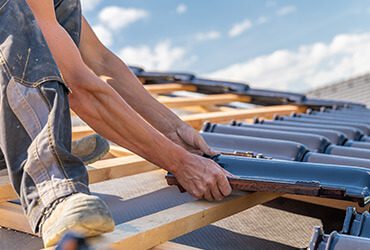
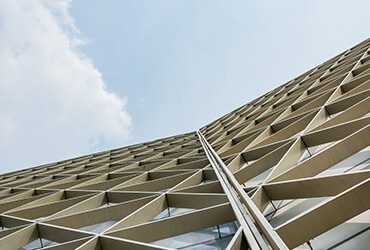
Overall, flat roofing systems can be a practical and cost-effective choice for commercial and residential buildings, provided that they are properly designed, installed, and maintained. By working with a reputable roofing company, you can ensure that your flat roof meets your needs and lasts for many years to come.
It’s important to consider the specific needs and budget of your project when choosing a flat roofing material. A reputable roofing company can help you determine the best material for your needs and provide expert installation and maintenance services.



